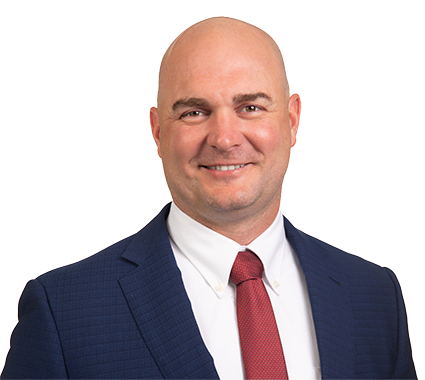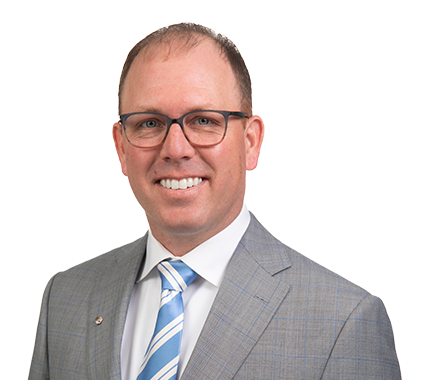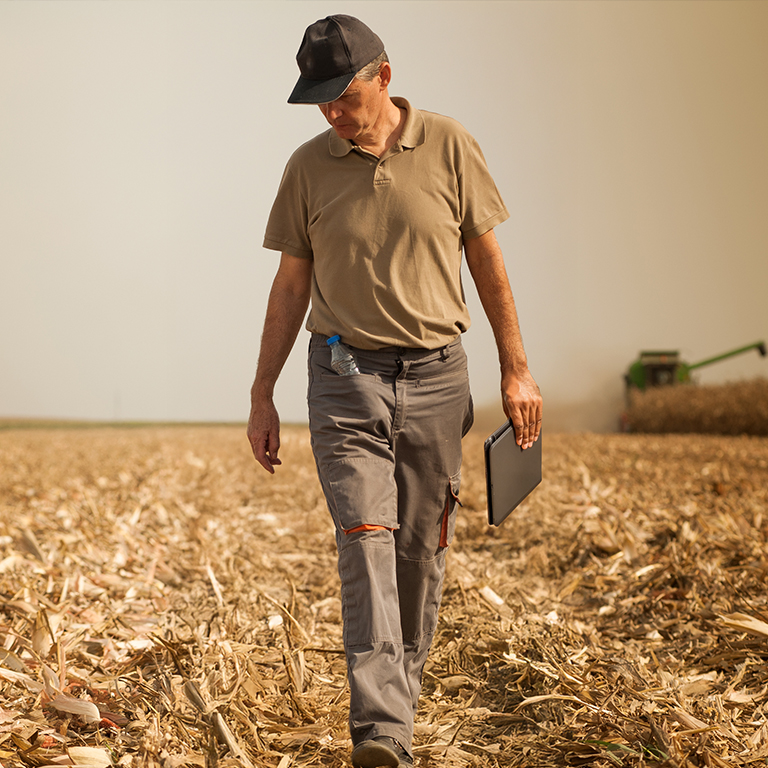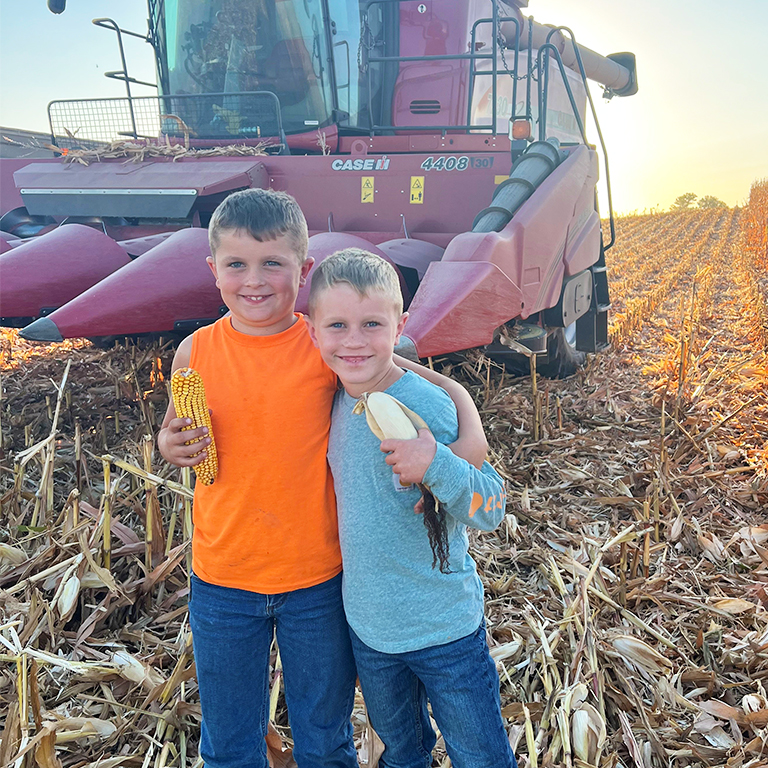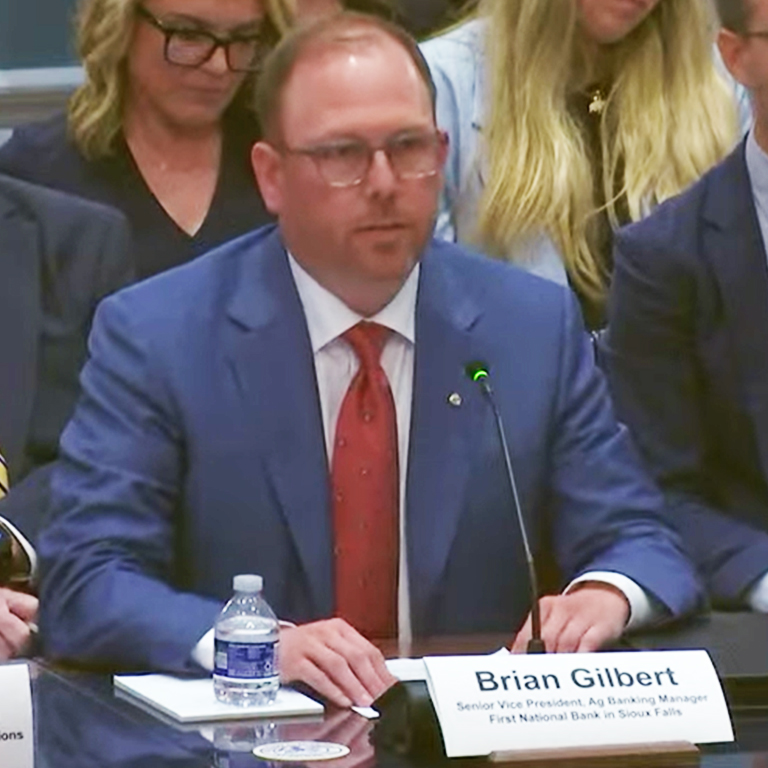Insuring Your Success: A review of current farm programs and payments

From the experts at First Ag Risk Management, here’s a brief summary of current farm programs, how payments are calculated, and expectations of future program payments.
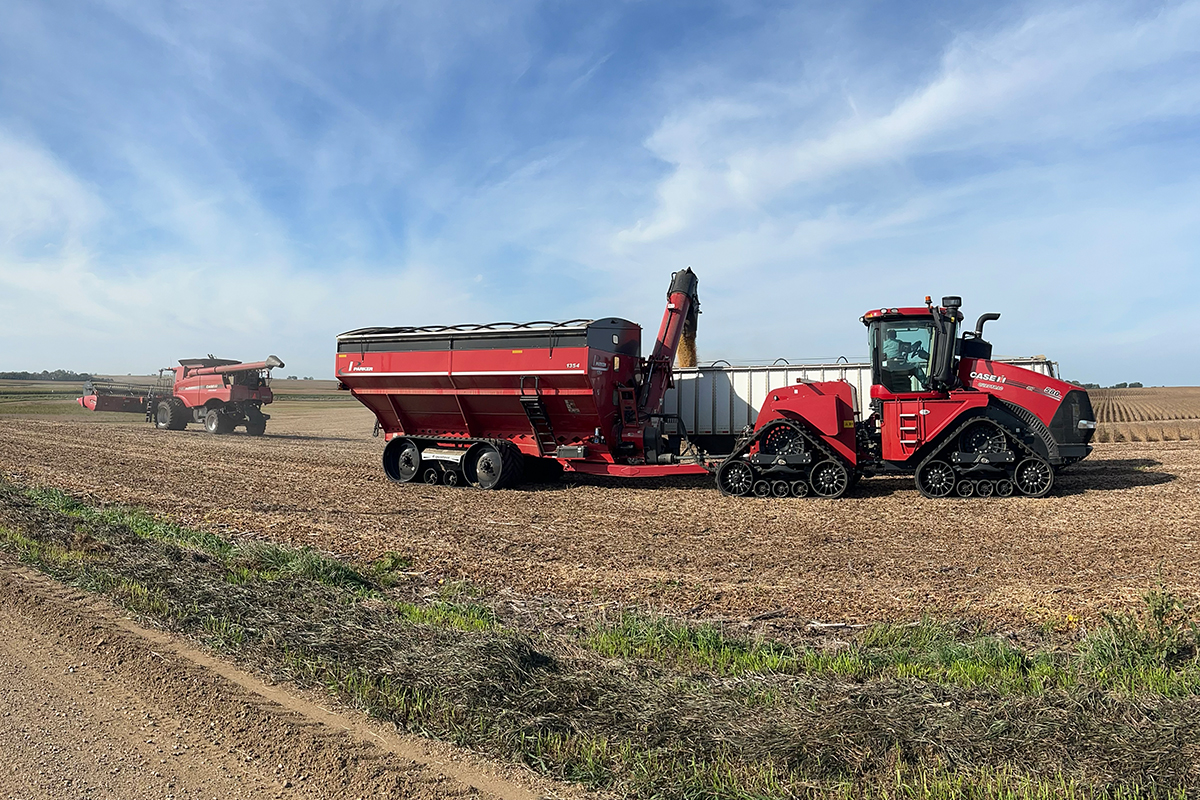
Agriculture Risk Coverage (ARC) and Price Loss Coverage (PLC)
Established in the 2014 Farm Bill, producers have a choice between ARC and PLC farm programs. The program election process originally bound the producer to the elected program for the duration of the 2014 Farm Bill.
However, the 2018 Farm Bill reauthorized these programs, which allowed producers to make new, commodity-by-commodity elections for the 2019 and 2020 crop years.
Beginning in 2021, this election became an annual process, allowing producers to choose between ARC or PLC for each commodity on a yearly basis.
Payments in the PLC program are based solely on “Price” using the 12-month, national Market Year Average (MYA) price for a specific crop compared to an established reference price for the same year.
If the 12-month MYA price settles lower than the reference price, the producer would receive a PLC payment for that crop year.
In 2024, the corn reference price for PLC was $4.01, and the reference price for soybeans was $9.26.
The 2024 final MYA price was established on September 30, 2025, for both corn and soybeans. The final MYA price for corn was $4.24, and the final MYA price for soybeans was $10.00.
Because both corn and soybeans settled above the reference prices, producers who elected the PLC option will not be receiving a PLC payment for the 2024 crop year.
The ARC-CO farm program uses a price and production formula with a five-year average, county-based yield calculation and a five-year average MYA price to establish a county revenue benchmark.
The actual revenue calculation is based on the actual county yield, which is made public in June of the marketing year.
The final MYA price is published on September 30: one month after the end of the prior year’s marketing year.
If the final calculated revenue is lower than 86% of the benchmark revenue for a producer’s crop and county, then that producer would be eligible for an ARC-CO payment for that year.
For the 2024 ARC-CO program, which was finalized on September 30, there will be some eastern South Dakota counties that will receive ARC-CO corn payments. However, I expect more producers to qualify for ARC-CO soybean payments.
Payments are also likely in southwest Minnesota and northwest Iowa.
Visit www.fsa.usda.gov/resources/programs/arc-plc/program-data to learn more about these programs and if your operation will qualify for a program payment.
Economic Commodity Assistance Program (ECAP)
The U.S. Department of Agriculture announced that a second round of ECAP payments will be paid to eligible crop producers.
This program was originally implemented to offset low crop commodity prices in 2024.
The first round of ECAP payments were 85% of the total eligible ECAP amount.
The second ECAP payment will be an additional 14% of the original amount, resulting in a total payment amount of 99% of the maximum 2024 ECAP payment.
Supplemental Disaster Relief Program (SDRP)
The SDRP was developed as part of The American Relief Act to provide compensation to producers for necessary expenses related to crop, timber, and livestock losses resulting from adverse weather events in 2023 or 2024.
The first round of disaster payments were paid at a rate of 35% of the total eligible SDRP amount.
Should there be a second round of payments, they are likely to be smaller than the initial payment amounts.
Recently, President Donald Trump has mentioned additional payments to farmers to help offset slumping markets as a result of his tariff policies.
The President has floated the idea of using “some of the tariff money” to help fund a farm aid package this fall; it is not known yet just how or when this administration will get a farm aid package put together, but we do know it has become a priority.
Pasture, Rangeland, Forage (PRF) and Livestock Risk Protection (LRP)
As we have hit on before in the fall newsletter, the PRF insurance policy is a great tool to help during dry years.
This program is designed to give you the ability to buy insurance protection for losses of forage produced for grazing or harvested for hay, which results in increased costs for feed, destocking, depopulating, or other actions.
The PRF program utilizes a rainfall index to determine precipitation for coverage purposes and does not measure production or loss of products themselves.
Additionally, livestock producers may be interested in an LRP policy. These policies act like a put option to set a floor under cattle and hogs, and they can prevent losses due to declining market prices.
Given the current price of cattle and hogs, you may want to consider adding an LRP policy.
I hope everyone has a safe harvest; feel free to contact me anytime at (605) 940-6517, and I plan to visit many of you on the farm this fall!
Insuring your success
With First Ag Risk Management (FARM), crop insurance is all we do — so we can focus on you, your operation, and your risk management needs.
Explore My Options
